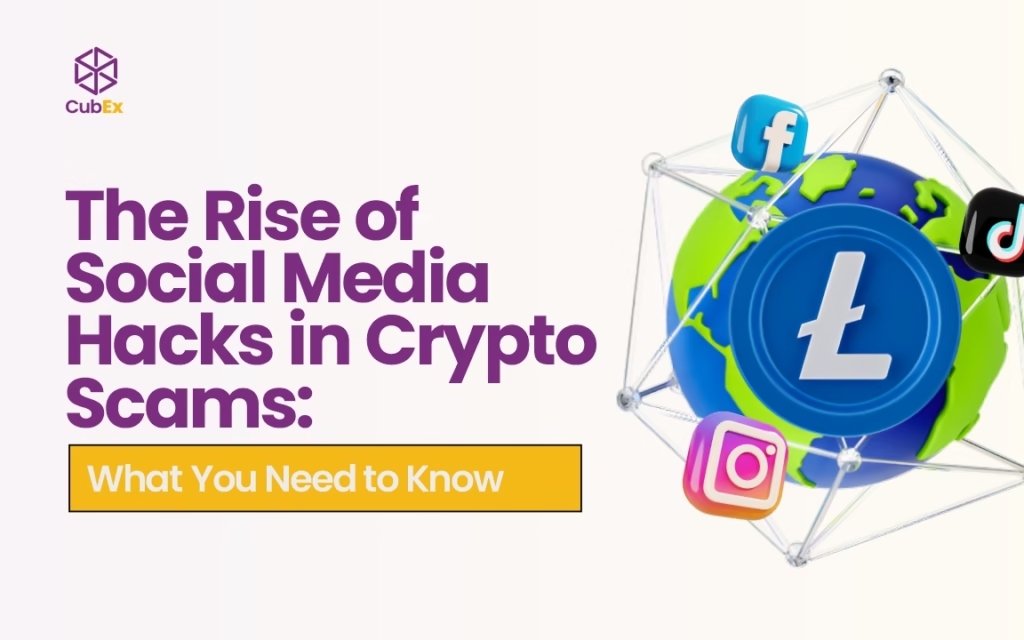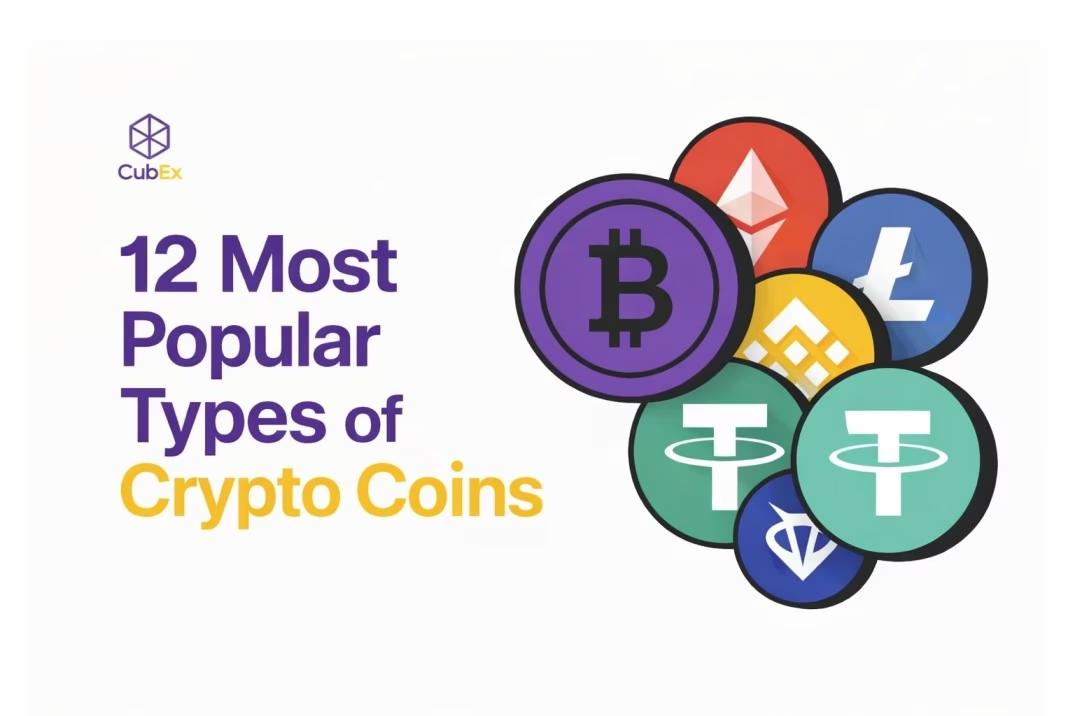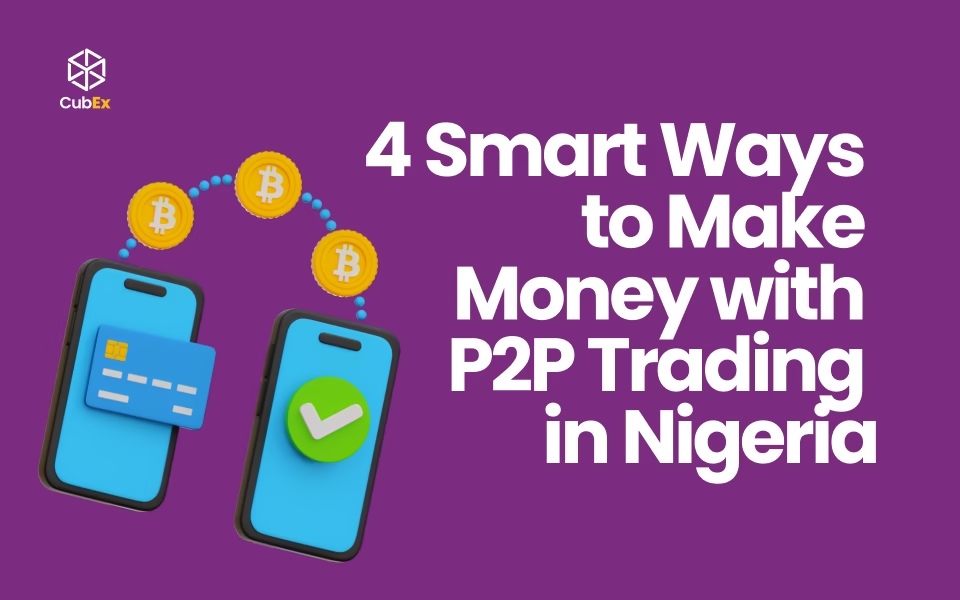
- Cryptocurrency
- By Cubex
The Rise of Social Media Hacks in Crypto Scams: What You Need to Know
In the fast-moving world of cryptocurrency, opportunity and risk go hand in hand. As prices surge and more people enter the crypto space, scammers are getting smarter—and bolder. One of the latest (and most dangerous) trends? Social media hacks used to promote crypto scams.
From Twitter to Instagram and even LinkedIn, scammers are hijacking high-profile accounts to spread fraudulent messages that trick users into handing over their hard-earned crypto. In this post, we’ll explore how these social media hacks work, real examples, and most importantly, how you can stay safe.
How Social Media Hacks Fuel Crypto Scams
Scammers have figured out that the best way to gain trust quickly is by hijacking it—literally. By compromising social media accounts of influencers, celebrities, or crypto projects, scammers can post fake offers that look legitimate.
Common Scenarios:
- Fake giveaways: “Send 0.1 ETH and receive 1 ETH back.”
- Airdrop scams: “Claim your free tokens before it’s too late.”
- Phishing links: “Click here to connect your wallet for a new NFT drop.”
- Investment shills: “I just made $10,000 in a day with this new crypto strategy!”
These scams are often posted on hacked accounts, making them appear trustworthy at first glance. Victims fall for the trap, send crypto, and receive nothing in return.
Real-World Examples
1. Elon Musk Twitter Hack (2020)
One of the most infamous cases: hackers took over Elon Musk’s Twitter account (along with other celebrities like Barack Obama and Bill Gates) and tweeted a Bitcoin giveaway. They stole over $100,000 worth of BTC in just a few hours.
2. Project Discord & Telegram Hacks
Many crypto projects have had their Discord or Telegram communities hijacked. Scammers pin malicious messages promoting fake pre-sales or urgent token swaps—tricking users who trust the source.
3. Instagram Influencer Hacks
Crypto influencers and finance gurus on Instagram have also been targets. Their bios get changed to “crypto experts,” and followers are bombarded with fake investment offers.
Why This Is Dangerous
- It looks real: When someone you trust shares a link or offer, you’re more likely to believe it.
- It spreads fast: Social media platforms are designed to amplify content, even malicious ones.
- It’s hard to recover funds: Crypto transactions are irreversible. Once it’s gone, it’s gone.
- Victims may stay silent: Embarrassment or fear of judgment keeps many people from reporting the scam.
How to Protect Yourself
Here are some practical ways to avoid falling for social media-based crypto scams:
🔒 Secure Your Own Accounts
- Use strong, unique passwords.
- Enable two-factor authentication (2FA).
- Watch for phishing emails or login prompts.
👀 Verify Before You Trust
- Double-check URLs before clicking.
- If a giveaway sounds too good to be true—it is.
- Go directly to official websites or community links (don’t trust random DMs).
🚫 Don’t Share Wallet Info
Never share your private keys, seed phrases, or wallet credentials with anyone. No legitimate project will ever ask for them.
📢 Stay Updated
Follow crypto security blogs or accounts like @CertiK or @SlowMist_Team on Twitter for alerts on recent hacks and scam trends.
- Use strong, unique passwords.
Conclusion
The rise of social media hacks in crypto scams is a harsh reminder that in a digital-first world, trust can be easily manipulated. As more people enter crypto, scammers will keep evolving—but so can we.
By staying informed, skeptical, and security-conscious, you can enjoy the upside of crypto without falling for its pitfalls.
Stay safe. Stay sharp. And always double-check before you click.

12 Most Popular Types of Crypto Coins

